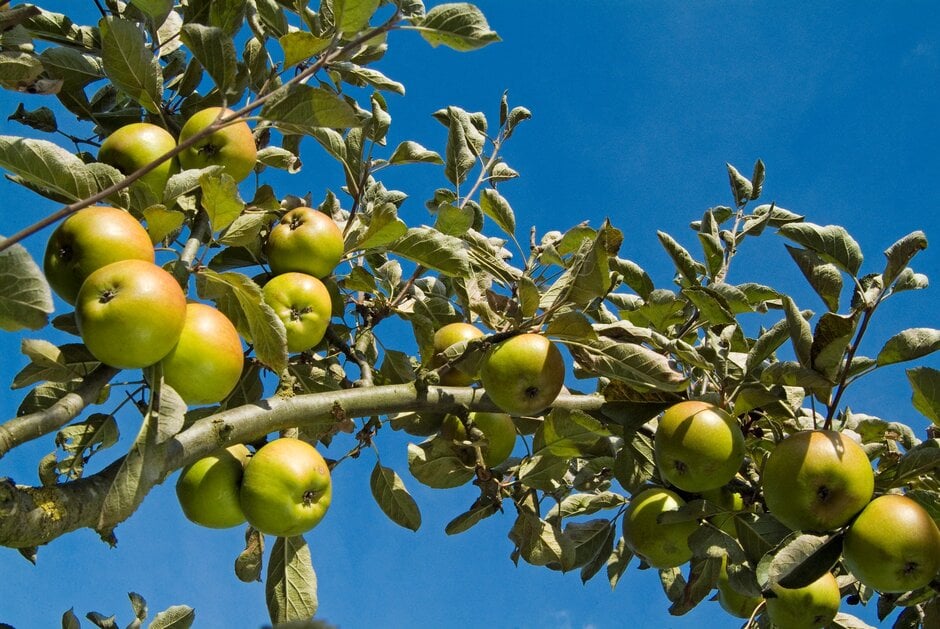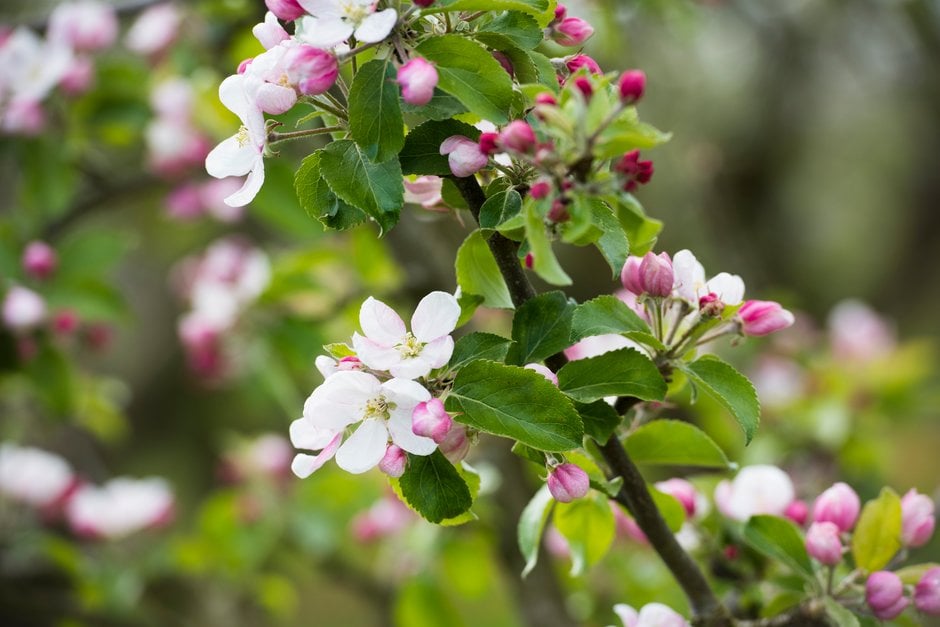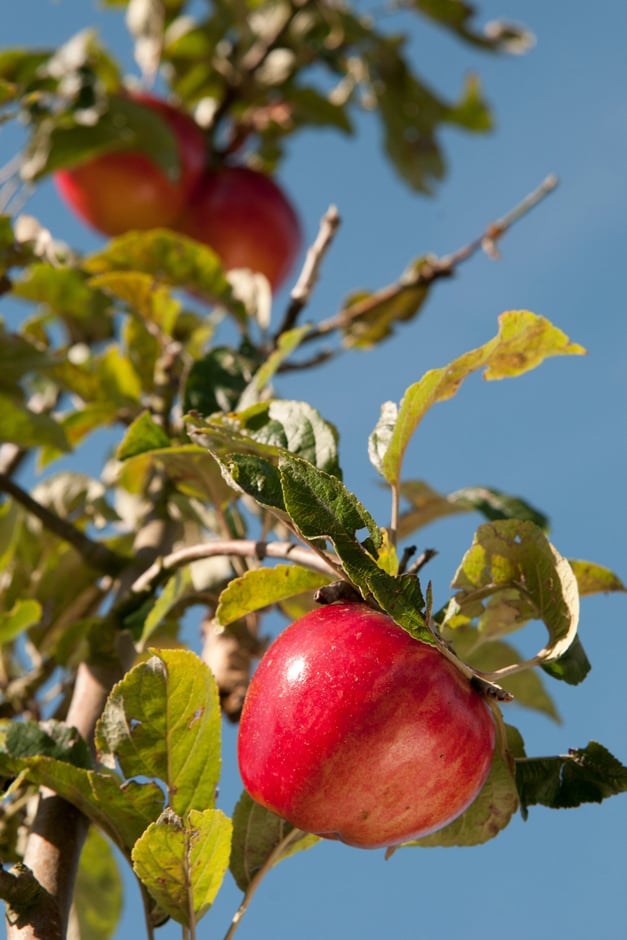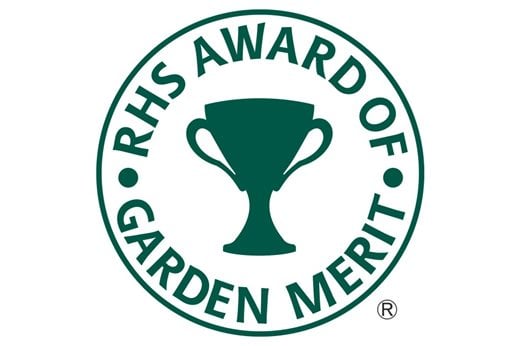RHS Horticultural Advisor Adrian Thorne explores how to choose the right apple tree for your space and taste

 After several seasons of being unhappy with my front garden, I’ve decided it’s time for a fresh start. The reliable herbaceous plants we’ve had for the last five years are all coming out, and I’m going to be planting fruit and veg! Good for the planet, and good for my family, who seem to have an inexhaustible appetite for apples, blueberries, strawberries and all the rest. So the first big decision – which apple tree to plant?
After several seasons of being unhappy with my front garden, I’ve decided it’s time for a fresh start. The reliable herbaceous plants we’ve had for the last five years are all coming out, and I’m going to be planting fruit and veg! Good for the planet, and good for my family, who seem to have an inexhaustible appetite for apples, blueberries, strawberries and all the rest. So the first big decision – which apple tree to plant?
The choice
I’ve decided I need a small apple tree – we have a 10m x 5m garden, and I think it would become a nice focal point that I can build the rest of the garden around. The RHS Plant Finder page lists a bewildering 700 cultivars of Malus domestica, so where to start? I’ve narrowed the list down to the 75 cultivars that hold an RHS award of garden merit (AGM), so I know I’m looking at plants that are tried and tested by experts.
Time to bloom
Apple trees need their flowers to be pollinated in order to produce fruit, and that pollen normally comes from another apple tree. I’ve only got space for one tree though, so I’m going to rely on helpful insect visitors to my garden bringing in pollen from other trees nearby. Choosing a cultivar from one of the more common pollination groups (group 3 or 4) seems to be a sensible move and will hopefully fit in with the flowering time of a neighbour’s tree. This narrows the field down to a much more manageable two dozen cultivars.
 A matter of taste
A matter of taste
My next step is reading the tasting notes of the apples. We tend to prefer smaller reddish apples – ‘Golden Delicious’ is rarely seen in our house. I quite fancy Malus ‘Laxton’s Fortune’, but it’s listed as prone to biennial bearing, and I want to avoid any disappointing years – this tree needs to justify its space, so I want something reliable. ‘Elstar’ and ‘Falstaff’ are on my shortlist now. A few gardens around the country offer apple tasting days, which sounds like a fun afternoon and could finally make up my mind.
 The sky is not the limit
The sky is not the limit
The rootstock will determine the eventual height of the tree, and there’s quite a range available to the gardener. My ideal tree will be something that I can reach up and pick from (no tottering on ladders, thanks) but ideally with enough height to allow me to plant small pollinator-friendly plants under the tree. So I’m looking at trees with a height of 1.5–2m, which makes M27 the preferred rootstock for my tree.
Time to buy
It’s winter now, so I have a choice of buying the tree ‘containerised’ or ‘bare root’. Containerised means the tree will come in a pot, like most of the plants we see for sale at a garden centre, whereas bare root plants, available in winter, are lifted from the ground at the nursery and their roots are cleaned of compost before sending out – they literally have bare roots. This means they are quite a bit cheaper, but they are just as good, making them popular. So order in advance and don’t delay.
 I’m aiming to get the new tree in the ground before the growing season starts again in spring. Incorporating plenty of organic matter such as homemade compost into the area to improve my very heavy clay soil, a square hole and a good stake will hopefully give it a good start in life. I just need to finally make up my mind which one...
I’m aiming to get the new tree in the ground before the growing season starts again in spring. Incorporating plenty of organic matter such as homemade compost into the area to improve my very heavy clay soil, a square hole and a good stake will hopefully give it a good start in life. I just need to finally make up my mind which one...
Pick of the crop
 Look for the RHS Award of Garden Merit (AGM) when buying vegetable seed or small plants. You can also download the RHS lists of recommended cultivars.
Look for the RHS Award of Garden Merit (AGM) when buying vegetable seed or small plants. You can also download the RHS lists of recommended cultivars.
You may also be interested in...
About the author – Adrian Thorne
Adrian Thorne is an RHS Horticultural Advisor with a garden on heavy clay, a family and a dog that enjoys digging up plants. He has become increasingly interested in growing his own food and low-carbon gardening over recent years.

